

|


|
|
"In July 2002, during the shutdown of a certain aniline plant, compressed air was used to add catalyst to the fluidized bed. The electrostatic spark detonated the hydrogen released by the residual unregenerated catalyst in the system, causing the explosion-proof membrane to rupture. Source : https://www.staticgrounding.cn/ |
There are numerous reports of industrial fires caused by a spark in a confined environment containing volatile materials. |
|
|
Friction machines |
|
Influence machines 
|
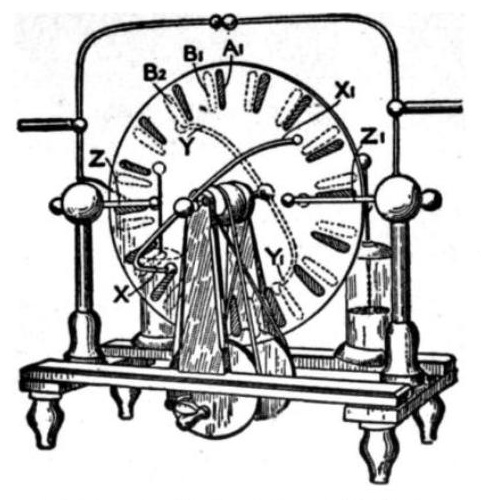
|
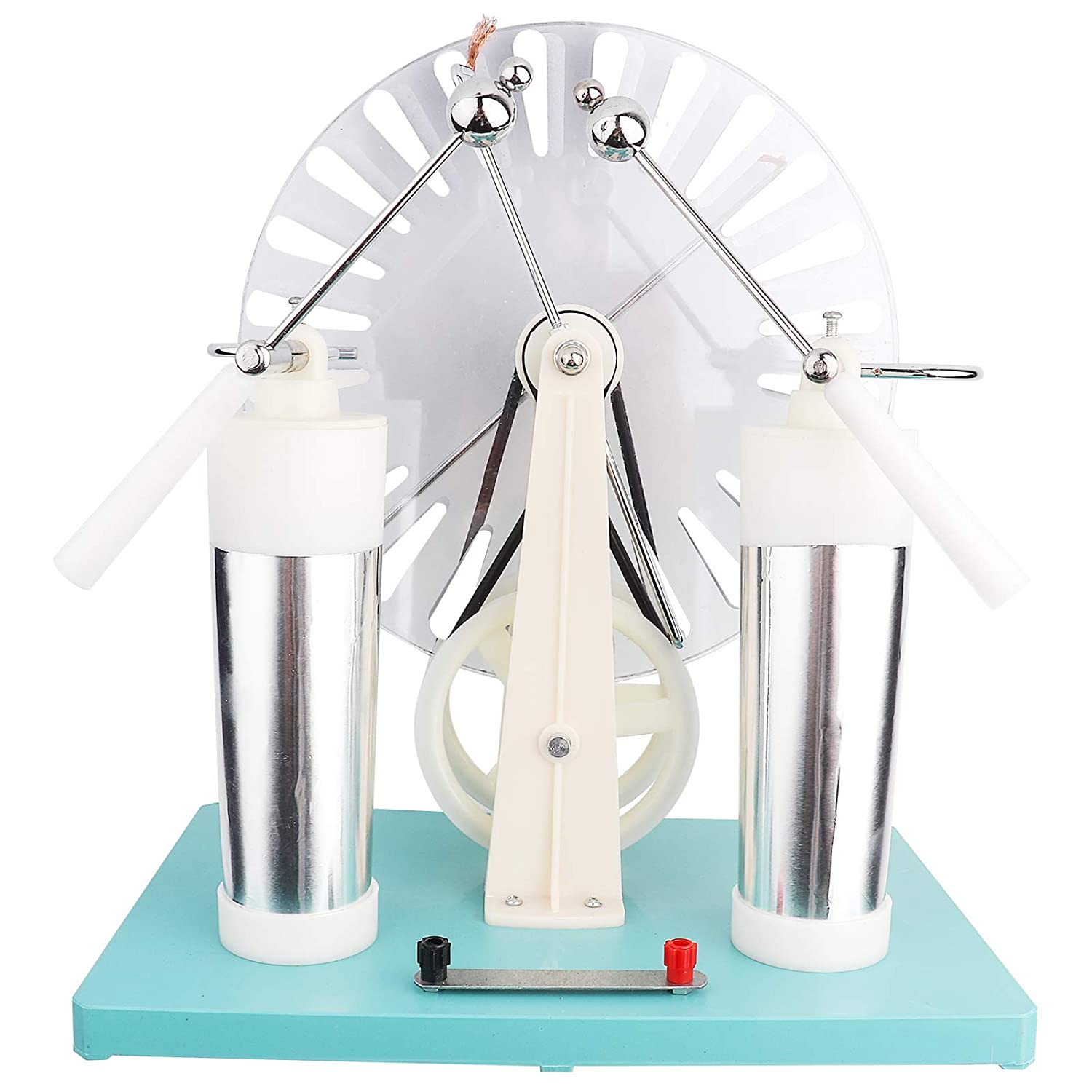
|
This part of our work had two aims : To carry out this study, we bought a Wimshurst machine on Amazon and we tested it. |
Because of the way charges are carried in an electrostatic generator, we first proposed to model it by the following electric circuit :
|
In this case, one has the following relation between the different physical quantities : `I_0 = I_c = C (d U_c)/(dt)` Let's assume that `I_0` only depends on `Omega` the angular speed of the machine which in turn does not depend on the time `t`. The following equality is then true if the machine is charged from a completely discharged state after `t=0`: `U_c(t) = (I_0(Omega))/(C)t` Then, the time of the first spark will be : `t^star = (R d C)/(I_0(Omega))` with `R` the dielectric strength of the air and d the distance between the electrodes. |
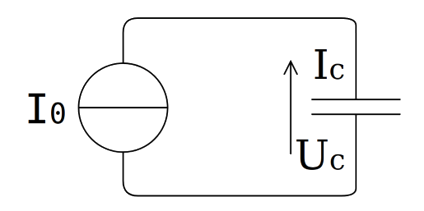
|
|
We now needed to find a way to get concrete values for our model. To achieve that, we timed the first sparks for different angular speeds and drew the curve of the time of first spark against the angular speed. We found that as a first approximation, for angular speeds not too close to zero, a linear model seemed adequate. So, we had : `I_0(Omega) approx a Omega` with `a in RR` There still remains some work to find a more precise model! |
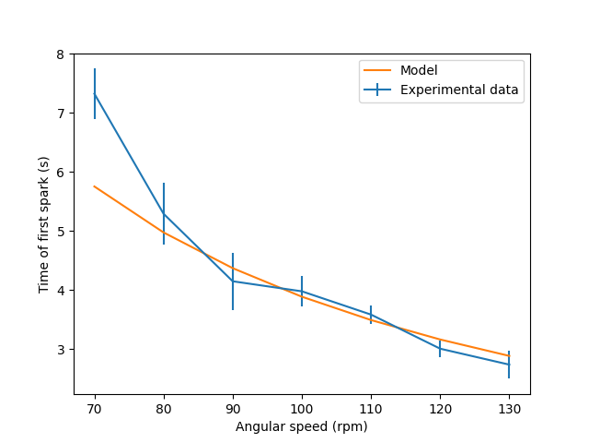
|
|
We now had a model for the current produced by the generator, but we still missed the value of the capacitor in the machine. We had to find another way to determine its value. `I_0(Omega) = I = (U_R)/(R)` This gave us the second equation to completely determine the practical model of our Wimshurst machine. |
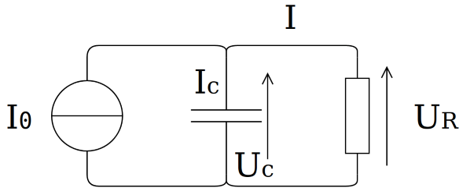
|
At this moment, we were able to predict the energy output of our generator. The remaining task was to use this energy to ignite our fuel, and so to find a suitable fuel.
Wikipedia defines the minimum ignition energy as "the minimum electrical energy stored in a capacitor, which, when discharged, is sufficient to ignite the most ignitable mixture of fuel and air under specified test conditions."
This quantity will be very important for us because our capacitor can only store a finite amount of energy. Thus, we have to find a material able to ignite with only the energy contained in the capacitor.
We first tried to create a spark in a little amount of flammable material such as coal dust or match heads. This try was unsuccessful because of the very low energy of the sparks.
Second try : A spark in a flammable chemical mixtureWe then considered creating a spark in a mixture of simple chemicals (Bronze Age friendly) consisting of sulfur, coal and potassium nitrate (black powder). This method was considered unsafe and therefore abandoned.
Third try : A spark in flammable dust in suspensionLastly, we considered creating a spark in an enclosed location with flammable dust to trigger a dust explosion. For this try, we chose to try with icing sugar because of the granulometry of the material was at the same time accessible without special means and still probably sufficient to detonate the material.
During our work on this subject, we obtained a better understanding regarding certain questions we had at the beginning of this work :
We also were able to propose models to represent the generator we used. This would be useful to build the lighter the question asked for. We also noted that to set fire to wood is impossible with such a device directly.
What is our answer to the problem?

|

|
We are two students of the 2023 promotion of the ENSTA Paris, studying applied mathematics. We worked on this project as parts of our school's team competing in the International Physicists' Tournament.
Wikipedia pages for : Van de Graaff generator, Wimshurst machine, Dielectric strength, Dust explosion
Page written by Nicolas HUGOT (ENSTA Paris 2023)
Last updated : 2 may 2022